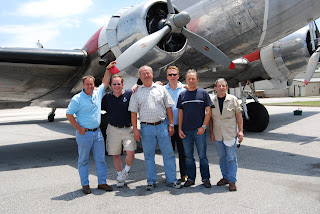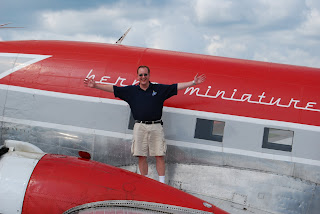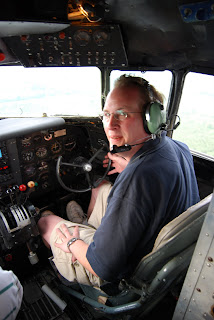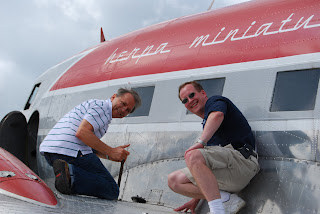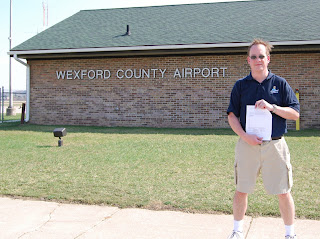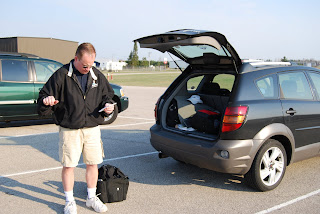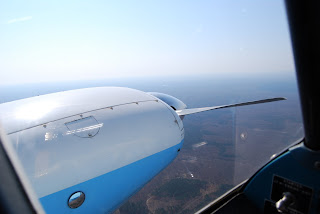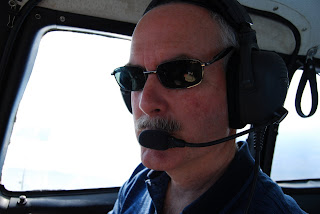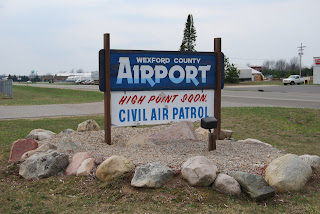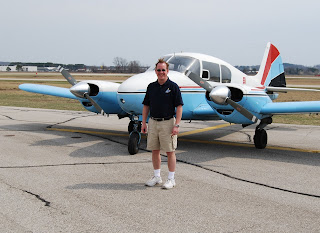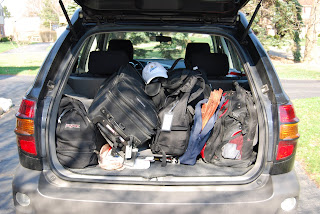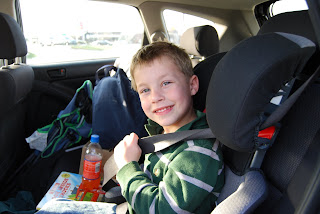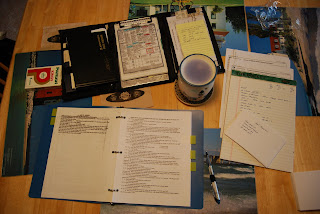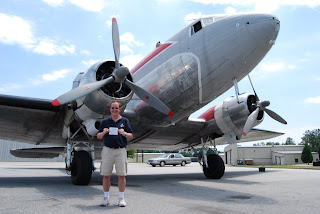
This is a regular blog post. For audio and show notes, please check out the other entries.
Sorry to leave you hanging on the podcast feed. For reasons explained below, I was just too tired to do a competent post and I needed to get some rest in order to complete the training on Sunday.
In any case, I finished the training and I’m type-rated (second in command) in the Douglas DC-3. Roland and Gerrit also completed their ratings and Tom was on track for his recurrent checkride for Tuesday.
And James got a low pass and a landing in the aircraft, so I’m sure that he’s going to have great material for his story.
(Pictured above: Dan, me, Tom, Gerrit, Ronald, and James.)
I’ll try to put out another episode covering the third day of training here soon and then another, more complete episode covering all of the training from beginning to end.
